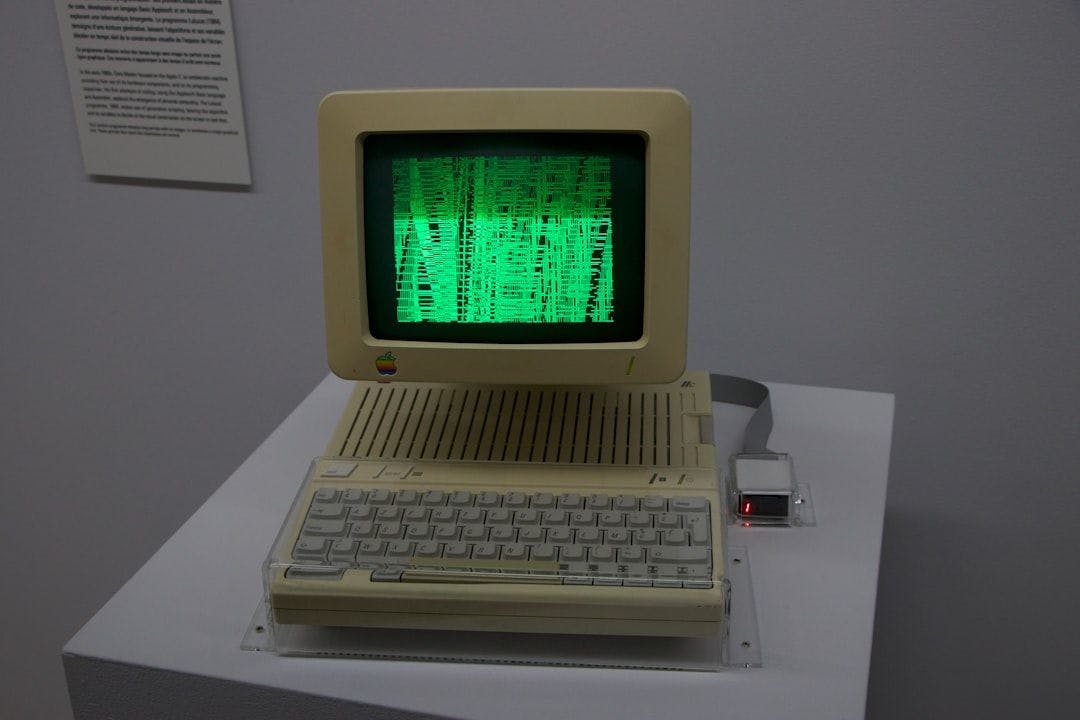In an increasingly connected world, the demand for real-time intelligence is pushing traditional cloud-based AI to its limits. Enter Edge AI—where the magic of artificial intelligence meets the immediacy of edge computing.
Forget sending data halfway across the world to a server farm. Edge AI runs models right on your local device, offering faster response times, reduced bandwidth usage, and improved data privacy.
Let’s explore what this means, how it works, and why it’s powering the future of autonomous vehicles, smart homes, and next-gen factories.
What Is Edge AI, Really?
Edge AI is the deployment of AI models directly on local hardware—be it a smart speaker, camera, or microcontroller. Unlike traditional cloud computing, where data must travel to centralized servers, edge computing processes data at or near the source.
It’s distributed. It’s real-time. And it’s powerful.
Why Should You Care? The Key Benefits of Edge AI
- Low Latency: AI decisions are made instantly—no round trip to the cloud needed.
- Lower Bandwidth Costs: Only essential insights are transmitted, saving data overhead.
- Enhanced Privacy: Sensitive information stays local, minimizing data leaks.
- Works Offline: Devices can still operate even without internet access.
- More Reliable Systems: No single point of failure means higher uptime.
Where Is Edge AI Already Winning?
1. Autonomous Vehicles
Self-driving cars can’t afford lag. Edge AI enables them to process sensor data (LiDAR, radar, cameras) locally for real-time decision-making—like braking or lane detection—in milliseconds.
2. Smart Homes
Think of smart speakers or security cams that understand your voice or detect motion. Instead of streaming everything to the cloud, Edge AI handles voice recognition and image processing on the device itself.
3. Industrial Automation
On the factory floor, Edge AI is being used for quality control, predictive maintenance, and real-time anomaly detection—right on-site. This cuts downtime and boosts productivity.
So... How Do You Build One?
Let’s say you want to build a simple image classifier using TensorFlow Lite on a Raspberry Pi. Here’s a simplified walkthrough.
Step 1: Set Up Your Raspberry Pi
Install the necessary packages:
sudo apt-get update
sudo apt-get install -y python3-pip
pip3 install tflite-runtime numpy pillow
Step 2: Convert and Save a TensorFlow Model
Instead of training from scratch, we’ll convert a pre-trained MobileNetV2 model into a TFLite model:
import tensorflow as tf
model = tf.keras.applications.MobileNetV2(weights="imagenet", input_shape=(224, 224, 3))
converter = tf.lite.TFLiteConverter.from_keras_model(model)
tflite_model = converter.convert()
with open("mobilenet_v2.tflite", "wb") as f:
f.write(tflite_model)
Step 3: Run Inference Locally
Once the model is saved, we can load and run it using tflite_runtime.
import numpy as np
import tflite_runtime.interpreter as tflite
from PIL import Image
interpreter = tflite.Interpreter(model_path="mobilenet_v2.tflite")
interpreter.allocate_tensors()
input_details = interpreter.get_input_details()
output_details = interpreter.get_output_details()
def preprocess(image_path):
img = Image.open(image_path).resize((224, 224))
img = np.array(img).astype(np.float32) / 255.0
return np.expand_dims(img, axis=0)
def classify(image_path):
input_data = preprocess(image_path)
interpreter.set_tensor(input_details[0]['index'], input_data)
interpreter.invoke()
output_data = interpreter.get_tensor(output_details[0]['index'])
top_results = np.argsort(output_data[0])[-3:][::-1]
return top_results
print(classify("sample.jpg"))
This gives you the top-3 predicted class indices. You can map them to actual labels using ImageNet’s class index mappings.
Popular Tools for Edge AI Developers
If you're diving deeper into Edge AI, here are some powerful tools and platforms:
- TensorFlow Lite – Ideal for mobile and embedded ML.
- OpenVINO – Intel’s toolkit for optimizing inference on CPUs, VPUs, and GPUs.
- NVIDIA Jetson – Small but mighty devices tailored for robotics and computer vision.
- Edge Impulse – No-code ML for embedded devices like Arduino or STM32.
Final Thoughts: The Future Is at the Edge
Edge AI isn’t just a buzzword—it’s a paradigm shift. As AI workloads move closer to where data is generated, we're entering an era of instant insight, lower energy costs, and greater autonomy.
Whether you’re building the next autonomous drone or just trying to teach a smart trash can to say “thank you,” running AI at the edge could be the smartest move you make.
The edge is not the end—it's the new beginning.


